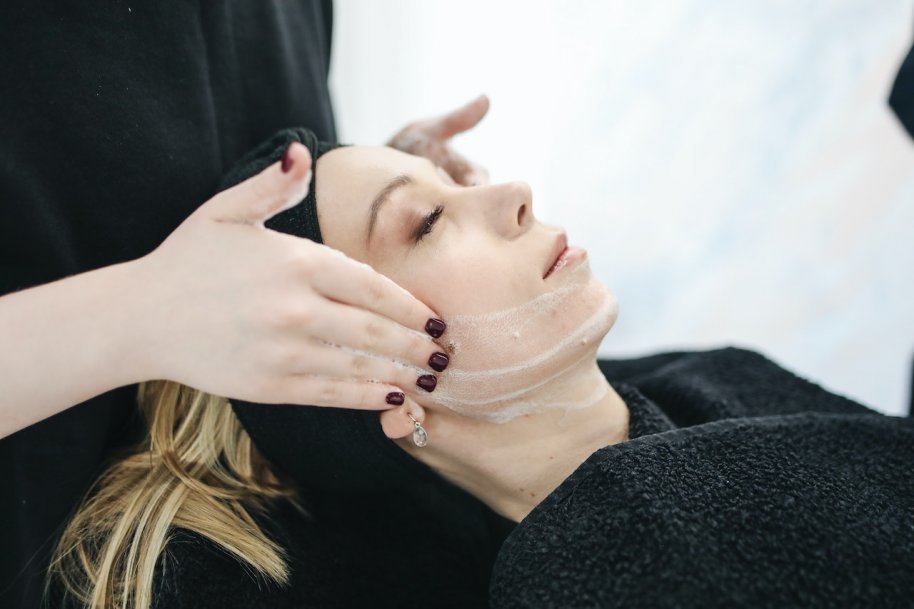Acne is a prevalent skin problem that might last throughout maturity or last a few years during puberty.
Although there are many common reasons for acne, it is generally agreed that hormones, inefficient cellular turnover, excessive oil production, and bacteria that reside on the skin all contribute to the condition.
Remember: it typically takes time, dedication, and patience before you see the advantages of acne treatments.
Depending on the treatments utilised, it typically takes four to eight weeks for the majority of people to notice a substantial improvement in their skin condition.
The following treatments are frequently utilised to treat acne issues.
Prescription
For moderate to severe acne, prescription-strength medicines are typically advised. Prescription drugs treat acne from the inside out to restore skin health and control normal skin function.
Salicylic acid, retinoids, and benzoyl peroxide are some typical prescription drugs.
Your healthcare practitioner may also suggest oral antibiotics to treat acne-causing germs. Results from prescription drugs could take many months to appear.
The majority of doctors concur that topical retinoids—which control skin cell turnover so that dirt, oil, and germs are not trapped by dead skin cells—are some of the most effective treatments for any type of acne.
Similar to lactic acid, salicylic acid is a chemical exfoliator that removes dead skin cells from the skin to improve the effectiveness of other acne-fighting products. The best prescription drug for you will depend on your type of acne.
Products for Skincare
The first line of defence against acne should be skincare products and an effective skincare regimen. By removing bacteria, oil, and debris, even something as basic as properly washing your skin can enhance the health of your skin.
The majority of people will benefit from a double-cleanse technique that will softly yet deeply purify the pores. When selecting cleaning products, your skin type should be considered as well.
Correct moisturising of the skin is just as vital as proper cleaning. Lack of appropriate skin hydration is a common issue for those with acne-prone skin, which causes the skin to generate more oil, which exacerbates acne.
You can control the amount of oil your skin produces and reduce the frequency of breakouts by keeping your skin hydrated. Your acne treatment plan should always include the use of skincare products.
Aesthetic Procedures
Some aesthetic procedures, like chemical peels, are very good at enhancing skin tone, texture, and health. Chemical peels, for instance, can both exfoliate the skin and get rid of the bacteria that cause acne.
For skin that is prone to acne, aesthetic procedures can assist in maintaining the outcomes of earlier procedures.
Energy-Based Procedures
Acne breakouts can often be successfully treated with energy-based procedures like photofacials, LED treatments, or other light therapies. Certain wavelengths are used in energy-based therapies to eradicate microorganisms from the skin, reset the behaviour of skin cells, and control oil production.
For instance, post-inflammatory hyperpigmentation from acne scarring can be treated using energy-based therapies.
Conclusion
Since every person will respond differently to different therapies, treating acne can be difficult. To improve your acne condition, you can select effective treatments and create a treatment plan with the assistance of a dermatologist.
Visible Changes provides first-rate acne treatments in Adelaide. We’re the premier skin, laser, and cosmetic specialists among the aesthetic clinics in the city. Choose your treatment option and expect outstanding results!

